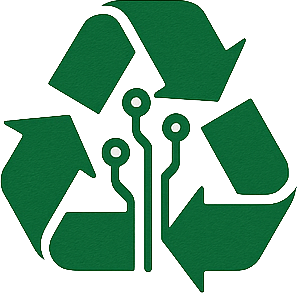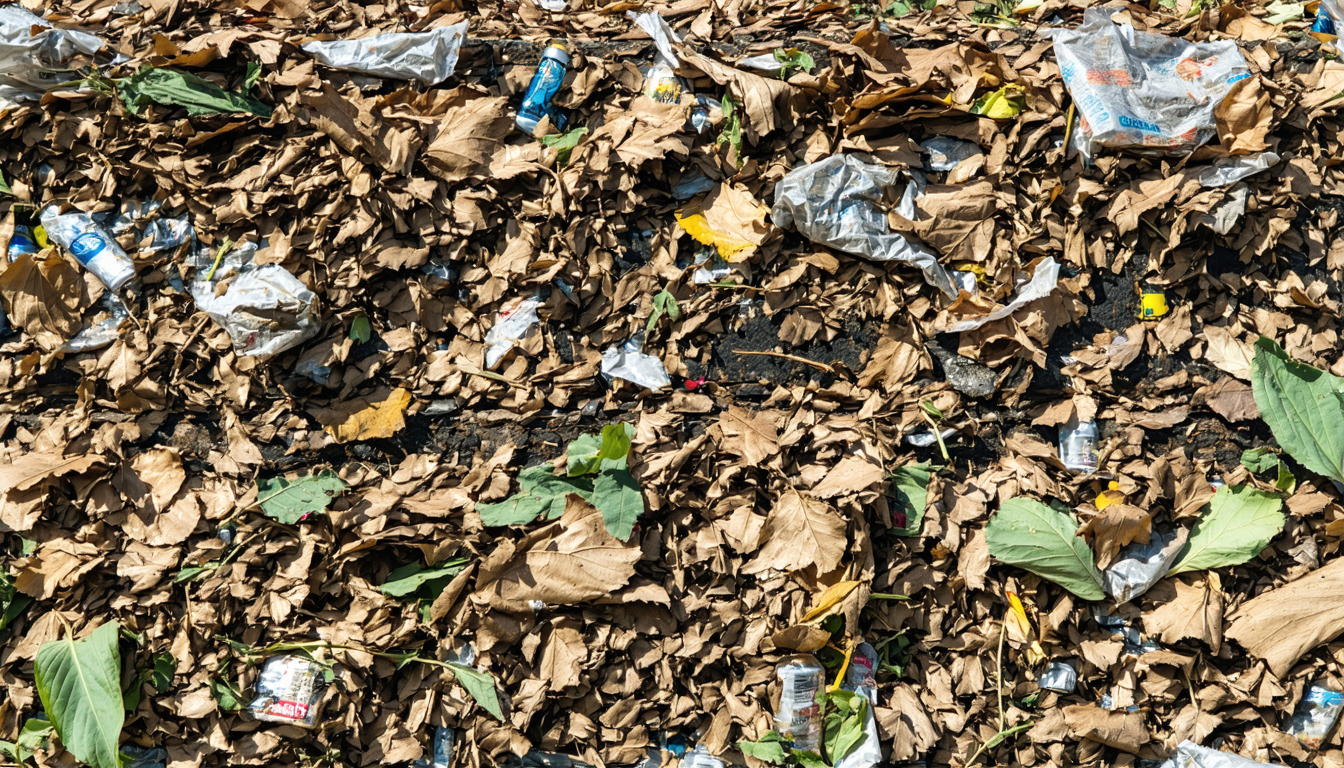In the United States, yard waste disposal has become a pressing issue as communities grapple with increasing volumes of organic debris from lawns, gardens, and landscaping projects. With millions of households generating grass clippings, leaves, and branches annually, local governments and waste management services are under pressure to find sustainable solutions. This article explores the latest trends in yard waste disposal, the environmental impact of improper handling, and innovative strategies being adopted nationwide to address this growing concern. From policy updates to composting initiatives, here’s what you need to know about this critical topic.
The Growing Problem of Yard Waste Disposal
Every year, American households and businesses produce an estimated 35 million tons of yard waste, according to the Environmental Protection Agency (EPA). This includes everything from fallen leaves in autumn to pruned branches during spring cleanups. While some of this material is composted or recycled, a significant portion still ends up in landfills, contributing to methane emissions—a potent greenhouse gas.
The challenge lies in the sheer volume and seasonal spikes. Many municipalities struggle with limited resources to collect and process yard waste, especially during peak times like fall. As urban areas expand, finding space for disposal or composting facilities becomes even more difficult, pushing local leaders to rethink traditional waste management practices.
Environmental and Economic Impacts
Improper yard waste disposal doesn’t just strain municipal budgets; it also harms the environment. When organic waste decomposes in landfills without oxygen, it releases methane, which is 25 times more effective at trapping heat than carbon dioxide. The EPA notes that landfills account for about 14% of total methane emissions in the U.S., with yard waste playing a notable role.
Economically, managing this waste is costly. Cities spend millions annually on collection programs, transportation, and landfill fees. For residents, improper disposal can lead to fines or additional service charges. “Sustainable yard waste management is not just an environmental necessity but also a financial one,” says Dr. Emily Carter, a waste management expert at the University of California. “Communities that invest in composting save on landfill costs in the long run.”
Innovative Solutions Taking Root
Across the U.S., several strategies are emerging to tackle yard waste disposal challenges. Here are some key initiatives making a difference:
- Curbside Collection Programs: Over 60% of U.S. municipalities now offer dedicated yard waste pickup services, often converting materials into mulch or compost. For instance, Seattle’s program diverts over 125,000 tons of organic waste from landfills each year.
- Community Composting: Small-scale composting sites are popping up in urban areas, allowing residents to drop off waste for free. These sites reduce transportation costs and promote local soil enrichment.
- Policy Changes: States like California have banned yard waste from landfills since 2022 under Senate Bill 1383, pushing for mandatory organics recycling. Other states are following suit with similar legislation.
- Education Campaigns: Local governments are teaching residents how to manage waste at home through backyard composting workshops, reducing the burden on public systems.
These efforts show promise, but scaling them nationwide remains a hurdle. Limited funding and public awareness continue to slow progress in many regions.
Future Outlook for Yard Waste Management
Looking ahead, experts predict that technology will play a larger role in addressing yard waste disposal. Innovations like mobile apps for scheduling pickups and anaerobic digesters for converting waste into biogas are gaining traction. Additionally, federal funding through programs like the Infrastructure Investment and Jobs Act could provide resources for expanding composting facilities.
However, opinions differ on how quickly change can happen. Some environmentalists argue that stricter regulations are needed immediately to curb landfill use, while others believe gradual education and incentives will yield better long-term results. Balancing these perspectives will be key to shaping effective policies.
In conclusion, yard waste disposal remains a complex issue for the United States, intertwining environmental concerns with economic realities. As cities adopt creative solutions like curbside programs and community composting, there’s hope for reducing landfill dependency. With continued innovation and public engagement, sustainable management of yard waste could become a cornerstone of America’s broader waste reduction goals.
Frequently Asked Questions (FAQ)
1. What counts as yard waste?
Yard waste includes organic materials like grass clippings, leaves, branches, tree trimmings, and garden debris. It does not typically include food scraps or inorganic items like plastic bags.
2. Can I throw yard waste in regular trash?
In many areas, no. Most municipalities have separate rules for yard waste disposal to prevent landfill overuse. Check local guidelines for specific regulations or collection schedules.
3. How can I dispose of yard waste sustainably?
Consider backyard composting, using municipal drop-off sites, or participating in curbside collection programs. These methods help recycle organic material into useful products like mulch.
4. Why is proper yard waste disposal important?
Proper disposal prevents methane emissions from landfills, reduces waste management costs, and supports soil health through composting. It’s a vital step toward environmental sustainability.





